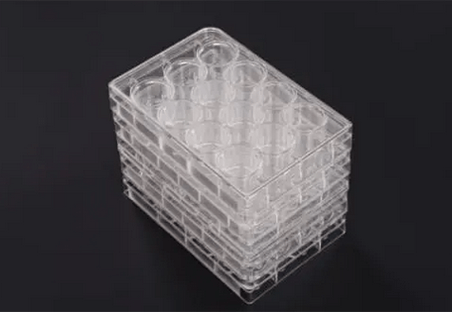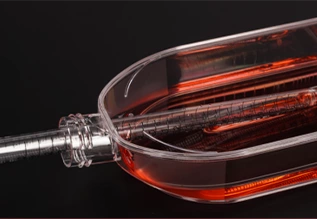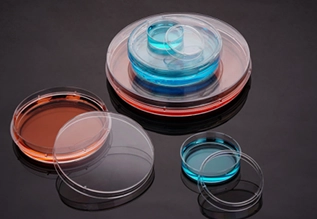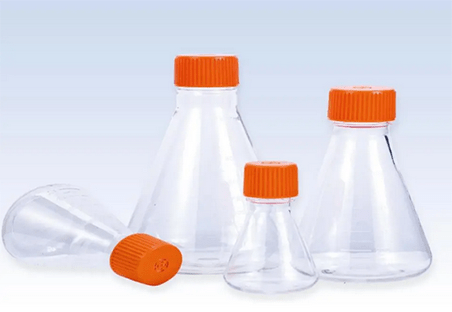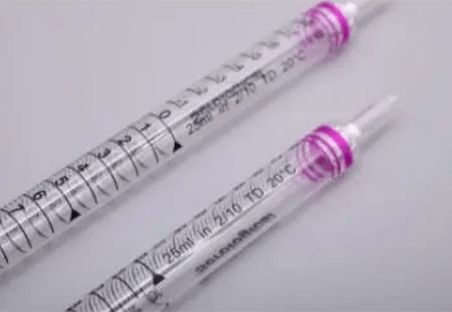Biologists can cultivate cells under controlled conditions for a variety of research applications with the help of cell culture dishes, which are essential lab consumables. Drug discovery, regenerative medicine, and the study of cellular processes all depend on these adaptable receptacles because they offer a sterile environment conducive to cell growth, proliferation, and differentiation. Using, coating, sterilizing, and storing cell culture dishes correctly are essential for the success of experiments involving cells. Researchers can improve their cell culture protocols and produce repeatable results by using this thorough guide, which explores all the important facets of cell culture dish management.
How to Sterilize Cell Culture Dishes?
The process of sterilization involves eliminating all microorganisms and their spores to stop the cells from becoming contaminated. Before using cell culture dishes to culture cells, they must be sterile. There are several methods for sterilizing cell culture dishes, including:
- Autoclaving
The most popular technique, autoclaving, entails subjecting dishes to 121°C, high-pressure steam for a predetermined amount of time—usually 15 to 20 minutes. This gets rid of all microorganisms, including spores, viruses, fungi, and bacteria.
- Chemical disinfection
Sterilizing cell culture dishes can also be done with chemical disinfectants like bleach or ethanol. Chemical disinfectants, however, may leave behind residues on the dishes that are harmful to cells.
- Ultraviolet (UV) radiation
Dishes for cell culture can be sterilized using UV radiation. Nevertheless, UV light is less frequently used than chemical or autoclaving disinfection because it can harm the dishes’ plastic.
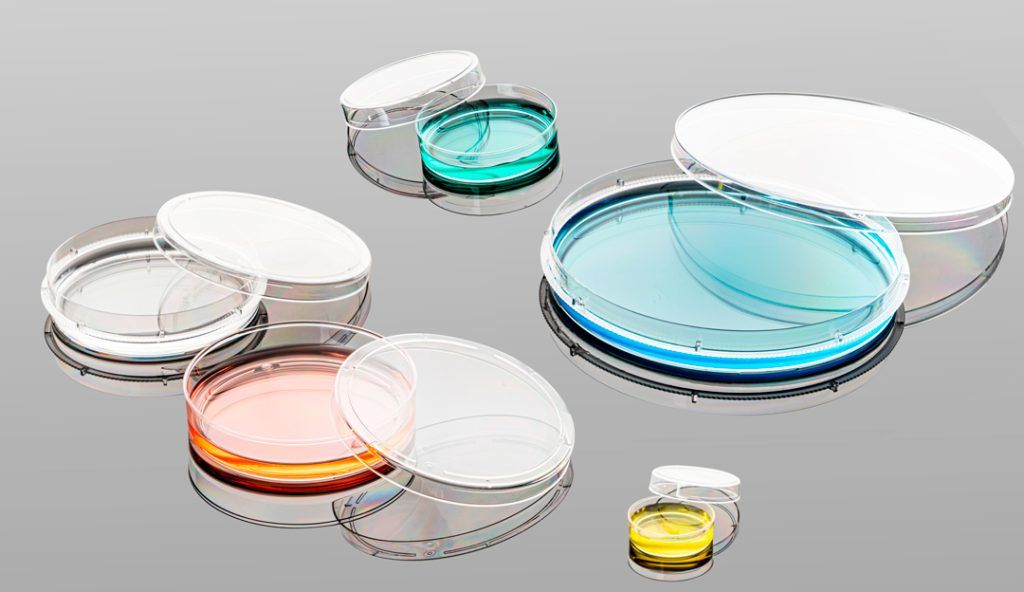
How to Coat Cell Culture Dishes?
Coating cell culture dishes is an essential step in preparing them for cell culture experiments. Different cell types require different coatings to adhere to and grow properly. Here is a general guide on how to coat cell culture dishes:
- Choose the appropriate coating: The kind of cell you are cultivating will determine the kind of coating you require. Matrigel, fibronectin, and collagen are a few examples of common coatings.
- Prepare the coating solution: As directed by the manufacturer, dilute the coating solution in sterile water or cell culture medium. The type of cell and the coating material will affect the coating solution’s final concentration.
- Sterilize the cell culture dish: Use an autoclave for 15-20 minutes at 121°C or another suitable sterilizing technique on the cell culture dish.
- Add the coating solution: Gently transfer the coating mixture into the dish for cell culture. The size of the dish will determine how much coating solution is required.
- Incubate the dish: Let the dish sit at room temperature for a minimum of half an hour. It is necessary for the coating solution to fully dry before using the dish.
- Aspirate any excess coating solution: Aspirate any extra coating solution out of the dish after it has dried.
- Wash the dish (optional): After drying, some coatings, like collagen, must be cleaned with sterile water or a cell culture medium.
The dish is now ready for use, you can carry out your experiment by adding your cells to the coated dish.
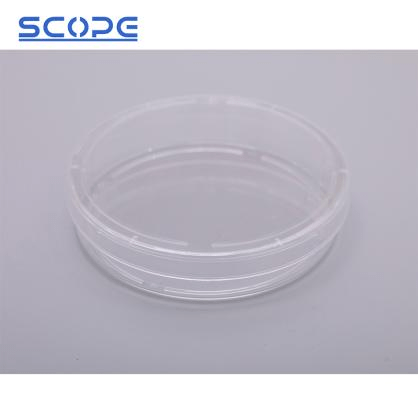
How to Store Cell Culture Dishes?
Maintaining the sterility and integrity of cell culture dishes requires proper storage. To keep them free from contamination and shielded from dust and debris, dishes should be kept in a dry, clean environment—ideally in a sealed container. Though certain specialty dishes might need particular temperature conditions, room temperature storage is usually adequate. Proper storage of cell culture dishes is essential to maintain their integrity and prevent contamination:
- Clean Environment: Cell culture dishes should be kept out of direct sunlight, away from sources of dust or pollutants, and in a clean, dry environment.
- Temperature Control: Cell culture dishes should be kept between 20 and 25°C at room temperature unless the manufacturer specifies otherwise.
- Packaging: To avoid contamination, store cell culture dishes in their original packaging or in sterile, sealed containers.
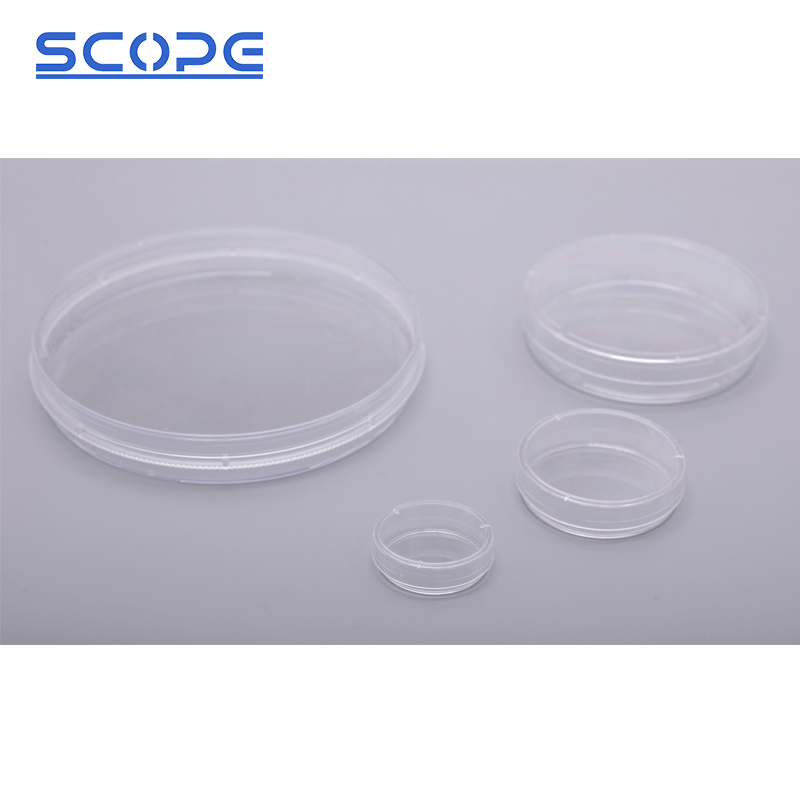
What Are the Tips for Using Cell Culture Dishes?
Always handle cell culture dishes with care to prevent contamination
As a result of their sterility, cell culture dishes are devoid of microorganisms. Cell culture dishes should be handled carefully to avoid contamination, which can destroy your experiment. Handle cell culture dishes with sterility at all times. This entails using sterile pipettes and other instruments, putting on gloves, and thoroughly cleaning your hands with soap and water before handling any dishes.
Use sterile techniques when working with cell culture dishes
The sterile technique is crucial in preventing contamination of cell culture dishes, as previously mentioned. This entails taking preventative measures to keep microbes out of the cell culture environment.
Incubate cells at the appropriate temperature and CO2 level
For the majority of cell types to flourish, an incubation temperature of 37°C and a CO2 level of 5% are needed. These circumstances resemble the surroundings that the cells naturally find themselves in—the interior of the human body. The controlled environment that incubators offer is essential for preserving the ideal conditions for cell growth.
Change the cell culture medium regularly
The nutrients and growth factors required by cells for survival and proliferation are present in the cell culture medium. These necessary elements gradually disappear from the medium, so it’s critical to replace them frequently to preserve ideal cell development. The type of cell and the particular experiment being carried out will determine how frequently the medium is changed. It is generally advised to switch up the medium every two to three days, though.
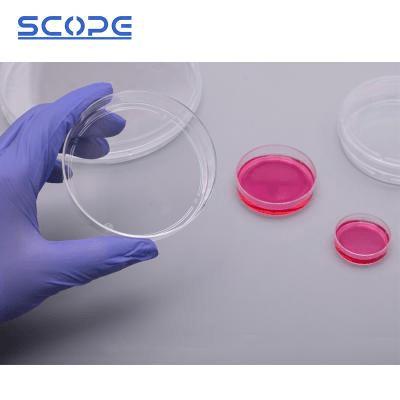
Conclusion
Knowing the fundamentals of cell culture dishes is essential to the design and execution of experiments; it goes beyond simply following procedures. By becoming proficient in these methods, scientists can improve the repeatability and dependability of their cell culture investigations, opening the door to ground-breaking discoveries in a range of biological and medical domains. The products of Scope meet rigorous industry standards and meet the varied demands of laboratories in a range of fields. Please contact us for more details.
